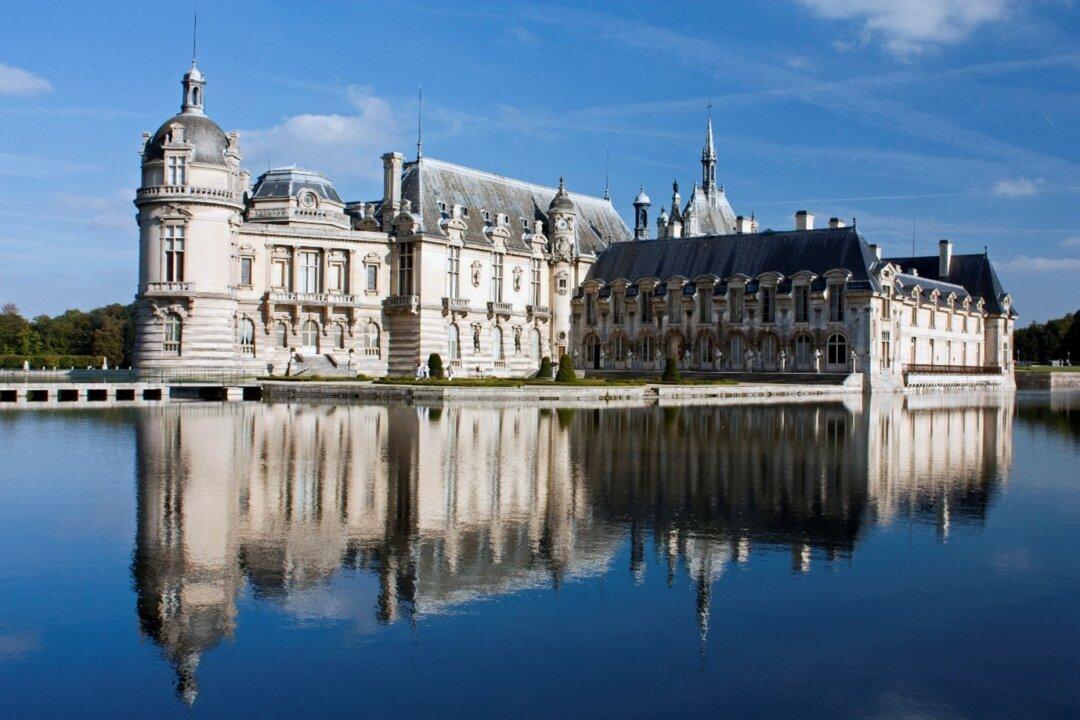Formerly owned by the son of the last king of France, the Château de Chantilly, located north of Paris in the town of Chantilly, is an homage to France’s rich culture and past.
Throughout eight centuries, the grounds of Chantilly belonged to noble families, close to royal power. The domain was maintained and embellished by its several owners, according to the fashion of the time. In the Middle Ages, it was a fortified castle that successively belonged to the Bouteiller, the Orgemont, and the Montmorency families. In the 16th century, Constable Anne de Montmorency (the first officer of the crown) renovated the castle in a Renaissance style with a simple exterior. In the 17th century, the chateau hosted the greatest writers of the day: Racine, La Fontaine, Molière, and others. Legend says that whipped cream (Chantilly cream) originated at the château.






